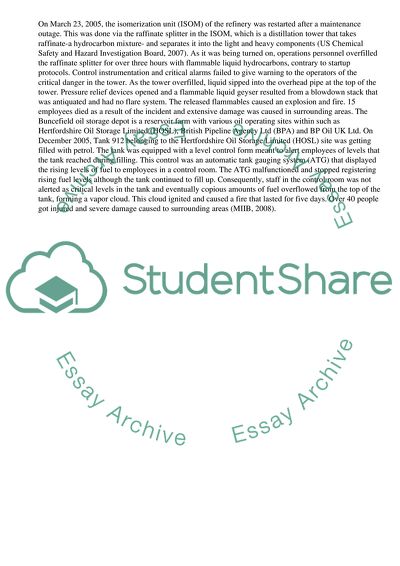Cite this document
(Risk Management in Practice Coursework Example | Topics and Well Written Essays - 1500 words, n.d.)
Risk Management in Practice Coursework Example | Topics and Well Written Essays - 1500 words. Retrieved from https://studentshare.org/management/1795679-risk-management-in-practice-journal-article
Risk Management in Practice Coursework Example | Topics and Well Written Essays - 1500 words. Retrieved from https://studentshare.org/management/1795679-risk-management-in-practice-journal-article
(Risk Management in Practice Coursework Example | Topics and Well Written Essays - 1500 Words)
Risk Management in Practice Coursework Example | Topics and Well Written Essays - 1500 Words. https://studentshare.org/management/1795679-risk-management-in-practice-journal-article.
Risk Management in Practice Coursework Example | Topics and Well Written Essays - 1500 Words. https://studentshare.org/management/1795679-risk-management-in-practice-journal-article.
“Risk Management in Practice Coursework Example | Topics and Well Written Essays - 1500 Words”, n.d. https://studentshare.org/management/1795679-risk-management-in-practice-journal-article.


